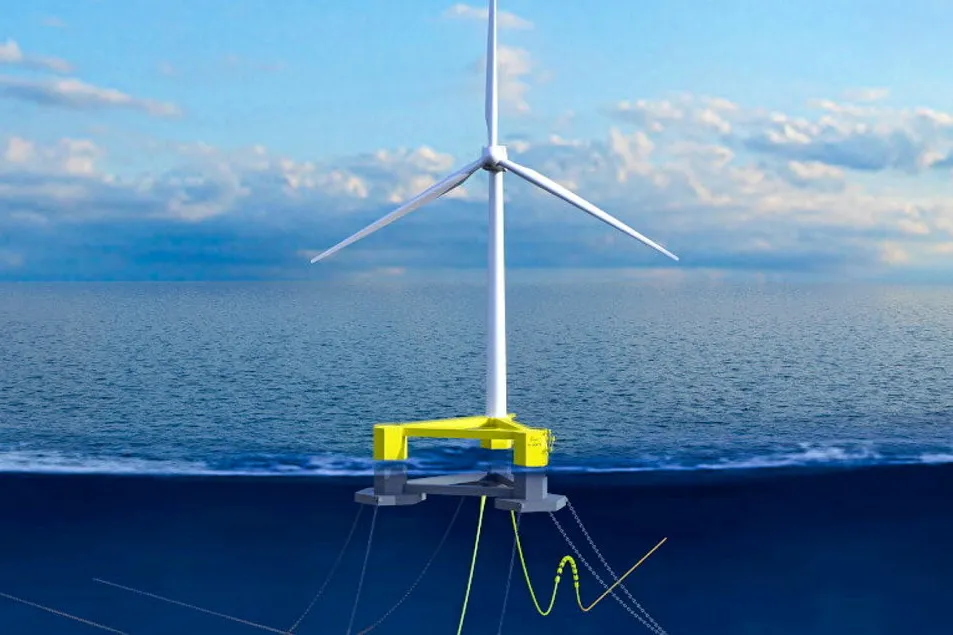Transition ambition: US draws up four offshore wind initiatives to match Biden's enthusiasm
Funding for vessels could be available through the US Department of Energy’s Loan Programs Office under Title XVII

Funding for vessels could be available through the US Department of Energy’s Loan Programs Office under Title XVII
